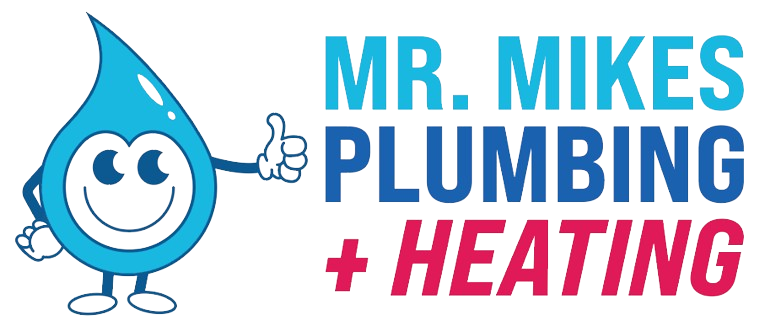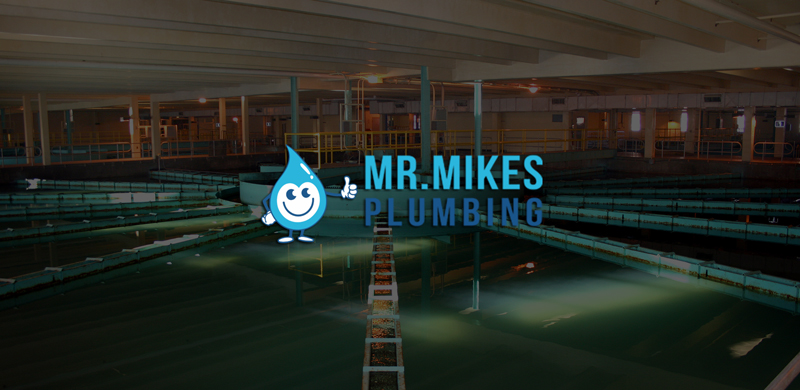
Water storage tanks
February 8, 2017
Springs and wells for water supply
February 10, 2017In most cities today there is a public water supply so arranged that an adequate amount of safe water under a satisfactory pressure is to be found in a pipe in the street near every building. In most cases the citizen can feel so assured of the safety and constancy of the public water supply as to depend upon it entirely for his comfort and convenience and for the operation of all of the plumbing fixtures which he may wish to install.
Pressure
The pressures maintained in the water mains in most cities, which are not excessively hilly, range between 30 and 80 lb. per square inch. A pressure of 30 lb. per square inch in the main in the street is somewhat low but is sufficient to supply water to an ordinary dwelling. It is usually insufficient, however, in a section containing apartment buildings or other buildings over 40 to 50 ft. high. In rough topography higher pressures are maintained in pipes on the lower streets but pressures much over 100 lb. per square inch will demand special attention in the maintenance of the plumbing.
Before a building is erected the builder should be certain that the water pressure is sufficient to supply the highest service in the building at the desired rate. In a location where the pressure of the public water supply is insufficient it will be necessary to install pumping equipment. If the pressure fluctuates above and below the desired amount an elevated storage tank will supply water during the period of deficient pressure.
Quantity or demand
The rates of demand for water vary greatly between different cities. The total consumption for all purposes will differ greatly for any particular building or for any individual purpose. Knowledge of the rate of demand is essential to the proper design of collecting works for a water supply, and knowledge of the variations in the rate of demand are essential to the proper design of pumping stations, reservoirs, and distribution systems, but the citizen about to construct a building to which a public water supply is available need, ordinarily, give no thought to the quantity or quality of the public water supply so long as the supply is endorsed by the constituted health authorities.
Quality
The sanitary quality of the public water supply is usually investigated by the constituted health authorities and is either condemned or endorsed by them. Where the sanitary quality is unsatisfactory, or the water is too hard, or it stains fixtures, or corrodes pipes, or is otherwise unsatisfactory purification must be resorted to.
Connection of service pipe to street main
Water is obtained from the street main by making a connection between the street main and the private service pipe by means of a lead “goose-neck” connection. This consists of a piece of lead pipe, about 18 in. long, to one end of which has been soldered a brass nipple threaded to connect with wrought pipe. To the other end there has been soldered a connection for a brass union.
A brass valve, usually of the ground-key type, called a “corporation cock,” is either tapped or driven into the street main and the lead goose-neck is connected to this valve by means of the brass union. The goose-neck should not be laid straight. It should be looped so as to allow for movement between the street main and the service pipe. The driving of the corporation cock into the street main is common but is not the best practice. It should never be done where the water pressures are high and under all conditions the tapped connection is better.
Large buildings are sometimes provided with two service pipes connected to different water mains or even to different points on the same water main so that if the water is shut off one of the mains or anything goes wrong with one service the building will still be supplied with water. The water-supply pipes within the building should be cross-connected to each service pipe and each service pipe should be provided with a check valve to prevent the drawing of water from one service connection to the other through the building.
The insertion of the corporation cock into the street main can be done while the water in the main is under pressure by means of a special tapping tool. In some cities the tap is made by the waterworks department and in others it is made by the plumber. It is generally considered unsafe to bore a hole larger than 2 inches in a water main. Where service pipes larger than 2 in. are desired a number of taps should be used. The total number of taps should have the same or a larger hydraulic capacity than the service pipe.
The private water supply
Where no public water supply is available or where its quality or quantity is unsatisfactory it will be necessary to seek a private source of supply. Private water supplies may be obtained from :
- wells or underground galleries
- cisterns to collect rain water
- springs
- surface streams
These are named approximately in the order of their relative usefulness. The development of any of these sources of supply requires, in many cases, skill and experience to assure success.
Pressure
The pressure at which water must be delivered, for all but fire protection, in private supplies is fixed by the difference in elevation between the pump or reservoir outlet and the friction in the pipe lines for maximum rate of demand. Where the pump or reservoir is below the highest outlet on the pipe lines or plumbing system the pipe friction, expressed in feet of water, is added to the difference in elevation. Where the pump or reservoir is higher than the outlet the friction head is subtracted from the difference in elevation to determine the available pressure at the outlet. The pressure in pounds per square inch to raise water any height is given in the table.
Quantity or demand
The average and maximum rates of demand for private supplies are usually less than for public supplies because the private supply is used only for special purposes such as domestic, institutional, or industrial; whereas the public water supply must deliver water for all purposes.
Cisterns
A cistern is an underground tank constructed for the purpose of storing rain water which has been caught on a roof or other catchment area. Cisterns are used in localities where other supplies are either unsuitable or unavailable, or where a softer water than the available supply is desired. Care must be taken in the construction of cisterns to make them water tight, not only to prevent the loss of water through leakage, but to prevent the entrance of polluted ground or surface water.
The walls of the cistern should be constructed of heavy, substantial masonry. Care should be taken in covering the cistern to make the roof insect proof. Many flying insects, particularly mosquitoes, delight in breeding in such a temperate, moist, and dark place, to the discomfort and possible ill health of nearby dwellers.
The catchment area or house roof should receive occasional attention, particularly with regard to the cleaning off of leaves, birds nests, dead animals, etc. The first rush of rain water on any catchment area will probably carry with it into the cistern much undesirable material. This can be diverted by the use of a by-pass valve in the leader pipe. The householder must be alert in the operation of the valve in order to protect the quality of the water in the cistern. Otherwise a rain-water filter should be installed.
The size of the cistern is fixed by the roof or catchment area and upon the number of persons using the water. When all water for all purposes must be supplied from the roof and the annual rainfall is about 40 in., which is well distributed between the seasons, the water supply must be conserved and approximately 500 sq. ft. of catchment area should be available per person.
When the rain-water supply is depended upon only for soft water, in addition to some other source of supply, a cistern of 500- to 1,500-gal. capacity should supply the needs of an ordinary family.



